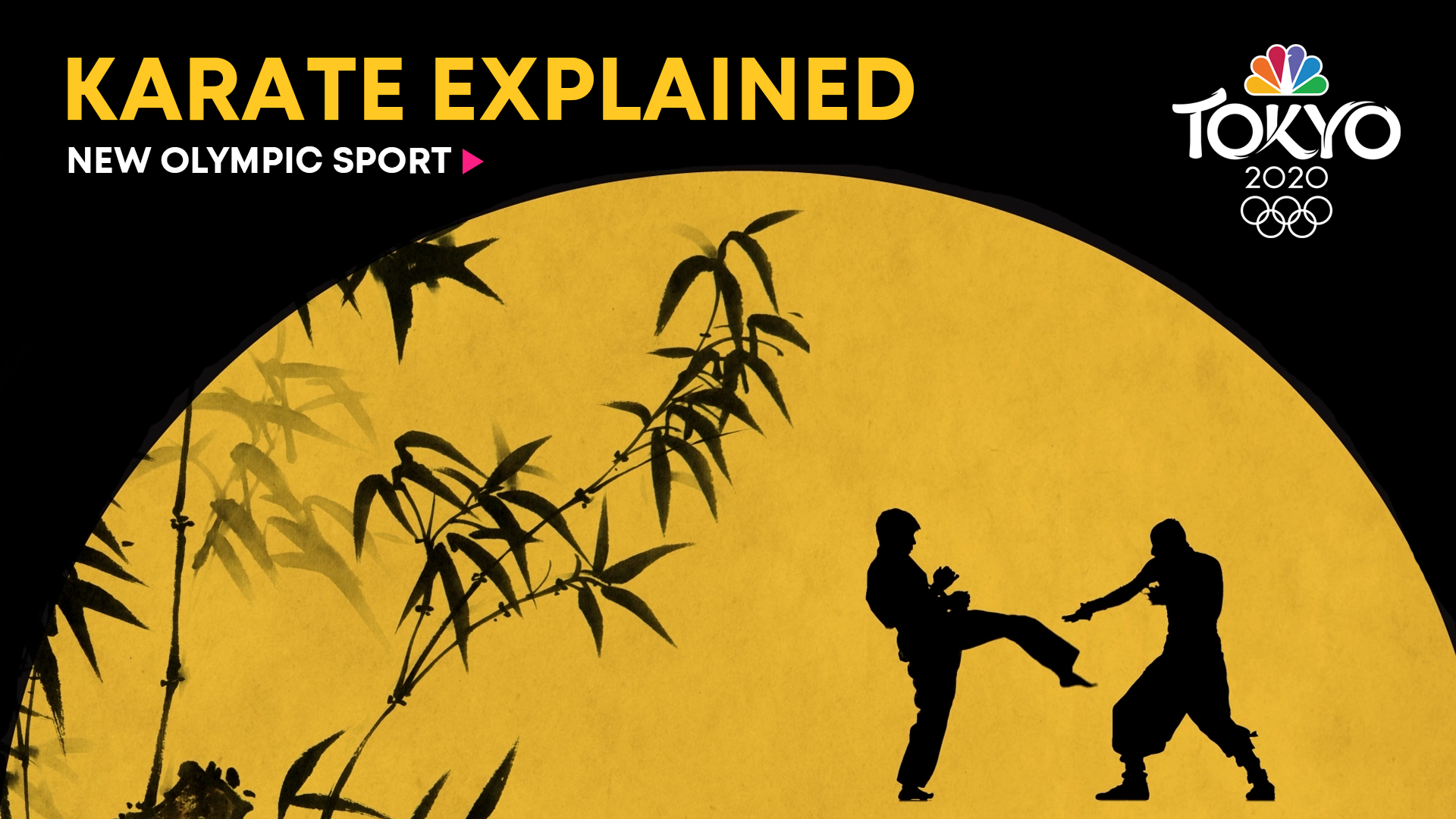Welcome to sport climbing, one of the new Olympic sports making its debut in Tokyo this summer.
This athletic endeavor tests the strength, endurance and problem-solving skills of some of the best climbers in the world.
What is sport climbing?
Rock climbing, but not like the kind you see in places like Yosemite National Park. We're talking about climbing with artificial walls and holds, like the ones you'd come across at rock climbing gyms or amusement parks and fairs.
In Olympic competition, sport climbing will be broken up into three disciplines, with athletes competing in all three.
What are the three climbing disciplines?
- LEAD: Using ropes for safety, competitors attempt to climb as high as they can on a wall over 15 meters high in six minutes.
- To complete the route, a climber has to attach their rope to the final quickdraw, which is a climbing contraption on the wall consisting of two carabiners.
- If a climber falls during their ascent, the highest point they reached is marked as their peak height. There are no do-overs.
- If two or more climbers reach the top or the same peak height, whoever reached that point the fastest wins.
- To keep the competition fair, climbers will not be allowed to watch how other competitors scale the wall. They will be kept away from the wall before their climb and then given only a few minutes to analyze it before starting.
- SPEED: Competitors, climbing side-by-side on identical climbing routes, race to the top of a 15-meter wall, usually finishing the route in under 10 seconds.
- Climbers will have to be careful at the starting line. A false start means instant disqualification.
- BOULDERING: Staring at only a 4.5-meter wall this time, competitors attempt to climb as many fixed routes as they can in a specific time period.
- To complete a route, climbers have to grab the final hold with both hands.
- If a climber falls during their turn, they can get back on the wall and keep going.
- Same as lead, climbers will be kept away from the wall before their turn and given only a few minutes to survey it before climbing.
How does climbing scoring work?
An athlete's final score is calculated by multiplying their placement in each discipline. For example, a climber who finishes third in lead, seventh in bouldering and fifth in speed will have a final score of 105 (3 x 7 x 5). The athlete with the lowest final score will take home the gold.
Get a weekly recap of the latest San Francisco Bay Area housing news. >Sign up for NBC Bay Area’s Housing Deconstructed newsletter.
When is climbing competition happening?
Get ready for four straight days of climbing action.
To watch the competition, click on the livestream links below. All times are Pacific Standard Time.
Tuesday, Aug. 3
Wednesday, Aug. 4
Thursday, Aug. 5
Friday, Aug. 6
How many climbers are competing?
There will be a total of 40 competitors – 20 on the men's side and 20 on the women's side.
Who is competing for Team USA?
Four climbers will represent Team USA in Tokyo. On the women's side, there's Brooke Raboutou and Kyra Condie. As for the men, there's Nathaniel Coleman and Colin Duffy.

Understanding climbing lingo
If you're new to sport climbing, be sure to familiarize yourself with the lingo. Here's a glossary of sport climbing terms that will help you understand what's happening when you're watching the competition.
Where will climbing take place?
Climbers will take to the various walls at Aomi Urban Sports Park in Tokyo.




